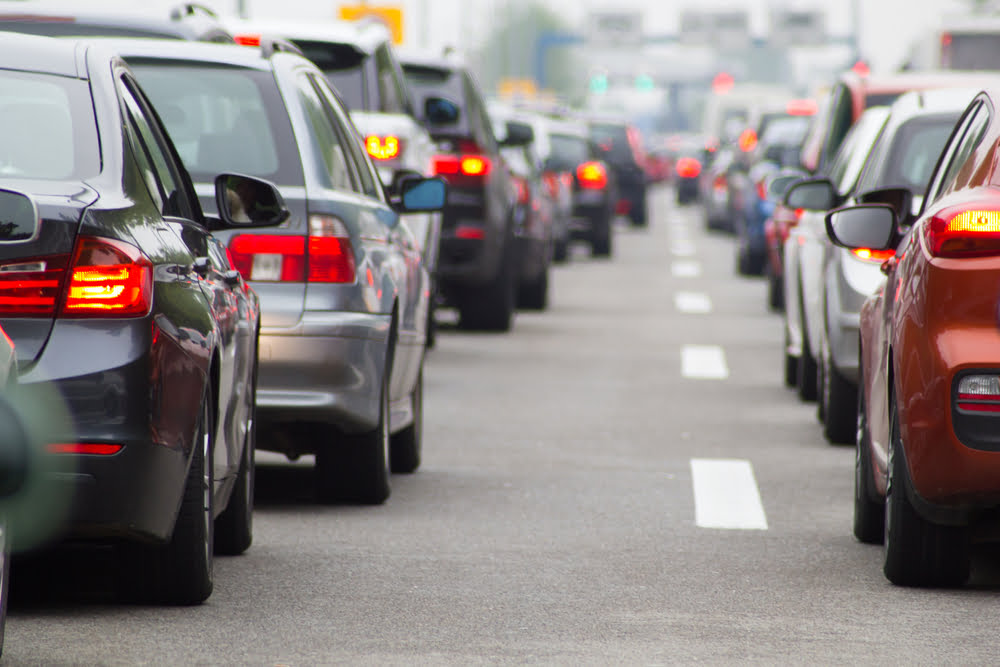Traffic jams on Dutch roads rose sharply again in 2019 by 17 percent. The ANWB concludes this on the basis of its traffic congestion figures, which are measured throughout the year on all A and N roads in the entire Dutch road network. Traffic jams not only increased during peak hours, but traffic during the day was also much more troubled by traffic jams during the past year.
Despite the fact that the infrastructure has expanded considerably in recent years, the ANWB states that it is not robust enough to handle the increasing traffic supply. Last year, traffic jams increased by 20%. The number of traffic jams will increase again this year by 17%. Traffic jams during the morning rush hour increased by 16 percent in the past year. During the evening rush hour, it rose by 14 percent.
Many more traffic jams during the day
That the traffic supply is increasing further and that it is getting busier on the road is evidenced by the enormous growth in traffic jams during the day. This is an increase of no less than almost 40 percent compared to last year.
In addition to the large supply, the weather also had an impact on traffic flow, according to the ANWB. The busiest day was Tuesday, January 22, when snowfall and slippery conditions in the eastern half of the country led to major traffic disruptions with a traffic jam record of 2.287 kilometers. The rainy weather in October and November also caused a large number of exceptionally busy strikers.
The extensive but necessary work on the Galecopperbrug in the A12 near Utrecht led to long traffic jams and a lot of traffic nuisance every day in October. Work on the bridge was completed on Saturday November 2. Two days earlier than announced.
De ANWB notes much additional nuisance from rear-end collisions in traffic jams. This should be prevented with more alertness of the road user.
Also read: ANWB sees van Bruggen grow by a third


